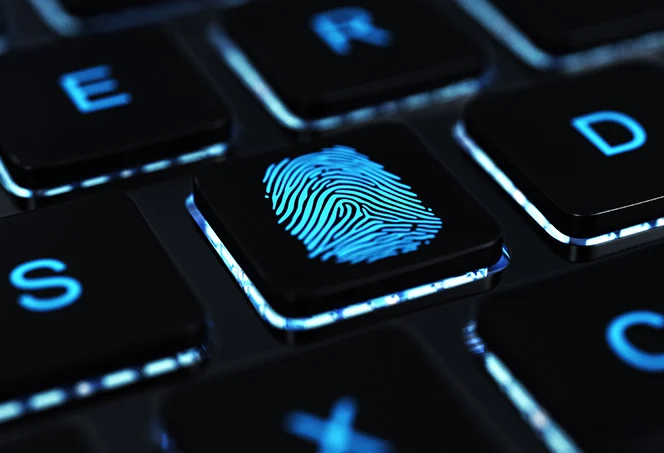
A Trojan horse, commonly known simply as a Trojan, is a type of malware that disguises itself as legitimate software to trick users into installing it. Unlike viruses and worms, Trojans do not replicate themselves or spread independently; instead, they rely on social engineering to convince users to execute them. Here’s a detailed look at the anatomy of a Trojan:
1. Key Components of a Trojan
- Deceptive Interface:
- Trojans often present a user-friendly interface that mimics legitimate software, such as games, utilities, or system updates. This is designed to gain user trust and encourage installation.
- Payload:
- The payload is the malicious component that executes harmful actions once the Trojan is installed. The payload can vary widely, including:
- Data Theft: Stealing sensitive information such as usernames, passwords, credit card numbers, or personal files.
- Remote Access: Allowing attackers to control the infected system remotely, often referred to as a Remote Access Trojan (RAT).
- Spying: Monitoring user activities through keystroke logging or screen capturing.
- Destructive Actions: Deleting files, encrypting data (as seen in ransomware), or altering system settings.
- The payload is the malicious component that executes harmful actions once the Trojan is installed. The payload can vary widely, including:
- Installation Script:
- This script executes the installation process without alerting the user to its presence. It may perform actions like modifying system files, creating registry entries, or downloading additional malicious payloads.
- Communication Module:
- Many Trojans include a communication module that allows them to connect to a command-and-control (C2) server. This enables attackers to send commands, receive stolen data, or download additional malware.
2. Types of Trojans
- Remote Access Trojans (RATs):
- Allow attackers to control the infected system remotely, enabling them to execute commands, access files, and perform various actions without the user’s knowledge.
- Banking Trojans:
- Designed specifically to steal financial information, such as online banking credentials. They often inject malicious code into legitimate banking websites to capture login details.
- Trojan Downloaders:
- These Trojans download and install additional malware onto the infected system, often without the user’s knowledge.
- Trojan Horses:
- A general category that encompasses various forms of Trojans, including those that disguise themselves as legitimate software.
- Email Trojans:
- Spread through malicious email attachments or links. They may appear as documents or executable files.
3. Infection Methods
- Social Engineering:
- Trojans often rely on user deception. This may involve enticing users to download software from unofficial sources, click on phishing links, or open malicious email attachments.
- Bundled Software:
- Some Trojans are bundled with legitimate software. Users may unknowingly install the Trojan along with the desired application.
- Malicious Websites:
- Trojans can be distributed through compromised or fake websites, prompting users to download infected files.
- Exploits:
- Some Trojans take advantage of software vulnerabilities to install themselves without user interaction.
4. Behavior After Infection
- Execution of Payload:
- Once installed, the Trojan executes its payload, which can range from stealing data to altering system settings.
- Persistence Mechanisms:
- Trojans may implement techniques to remain on the system after a reboot, such as adding entries to startup programs or modifying the system registry.
- Data Exfiltration:
- Trojans often collect sensitive information and send it back to the attacker through the communication module.
- Communication with C2 Server:
- Many Trojans establish a connection to a command-and-control server to receive instructions, updates, or additional malicious payloads.
5. Evasion Techniques
- Encryption:
- Trojans may encrypt their communication with the C2 server to evade detection by security software.
- Obfuscation:
- The code of a Trojan may be obfuscated to make it harder for antivirus programs to analyze and detect.
- Using Legitimate Tools:
- Some Trojans utilize legitimate system tools (such as PowerShell or Windows Management Instrumentation) to execute their payloads without raising suspicion.
6. Detection and Prevention
- Antivirus Software:
- Use reputable antivirus programs that can detect and remove Trojans based on known signatures and behavioral analysis.
- Regular Updates:
- Keeping operating systems, applications, and antivirus software up to date reduces the risk of exploitation through vulnerabilities.
- Safe Browsing Habits:
- Avoid downloading software from untrusted sources, clicking on suspicious links, or opening unexpected email attachments.
- User Education:
- Educating users about the risks of Trojans and how to recognize social engineering tactics can help reduce the likelihood of infection.
- Firewall Protection:
- Use firewalls to monitor and control incoming and outgoing network traffic, helping to block unauthorized communications with C2 servers.
7. Incident Response
- Isolate Infected Systems:
- Disconnect infected devices from the network to prevent the Trojan from spreading.
- Scan and Remove:
- Use antivirus software to scan the infected system and remove the Trojan.
- Data Backup:
- Regularly back up important data to recover from potential data loss due to a Trojan.
- System Restoration:
- In severe cases, restoring the system from a clean backup or reinstalling the operating system may be necessary.
Conclusion
The anatomy of a Trojan reveals its reliance on deception and social engineering to trick users into unwittingly installing malware. Trojans can carry a variety of payloads, allowing attackers to steal data, gain unauthorized access, and perform destructive actions. Understanding the components, infection methods, and potential impacts of Trojans is crucial for developing effective defense strategies and maintaining cybersecurity. Adopting safe practices, utilizing robust security measures, and staying informed about emerging threats are essential in mitigating the risks posed by Trojans and other forms of malware.







